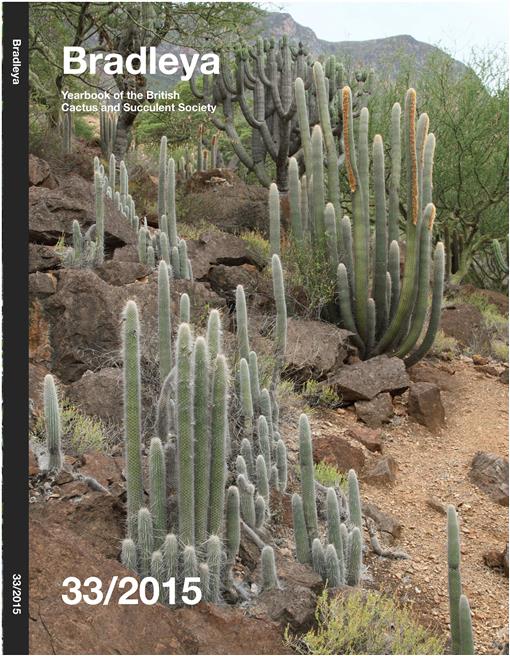The planting of succulents to protect homesteads from lightning, hail, storms and other environmental / spiritual calamities has been recorded from regions that are widely separated geographically. Two such cultures so employing these charm plants are distinct and apparently have not had contact until several centuries ago. A number of taxa are used as protective charms in South Africa's kwaZulu-Natal province, with many being succulent-leaved and of rosulate growth form. In continental Europe and the United kingdom, a small selection of material is even now deliberately cultivated for house protection. We note that the rosulate leaf arrangement is a character shared by some of the species used in South Africa (e.g. Haworthiopsis limifolia (Marloth) G.D.Rowley; Gasteria croucheri Baker), and the widely used European common houseleek (Sempervivum tectorum L.), which has a similar, tectate vegetative morphology. We suggest reasons for the apparent preference for using rosulate leaf succulents as charms to protect houses and their occupants.
How to translate text using browser tools
1 October 2015
Intercontinental convergence in traditional perspectives on small rosulate leaf succulents as protective charms
Gideon F. Smith,
Neil R. Crouch,
Estrela Figueiredo
ACCESS THE FULL ARTICLE

Bradleya
Vol. 2015 • No. 33
October 2015
Vol. 2015 • No. 33
October 2015




